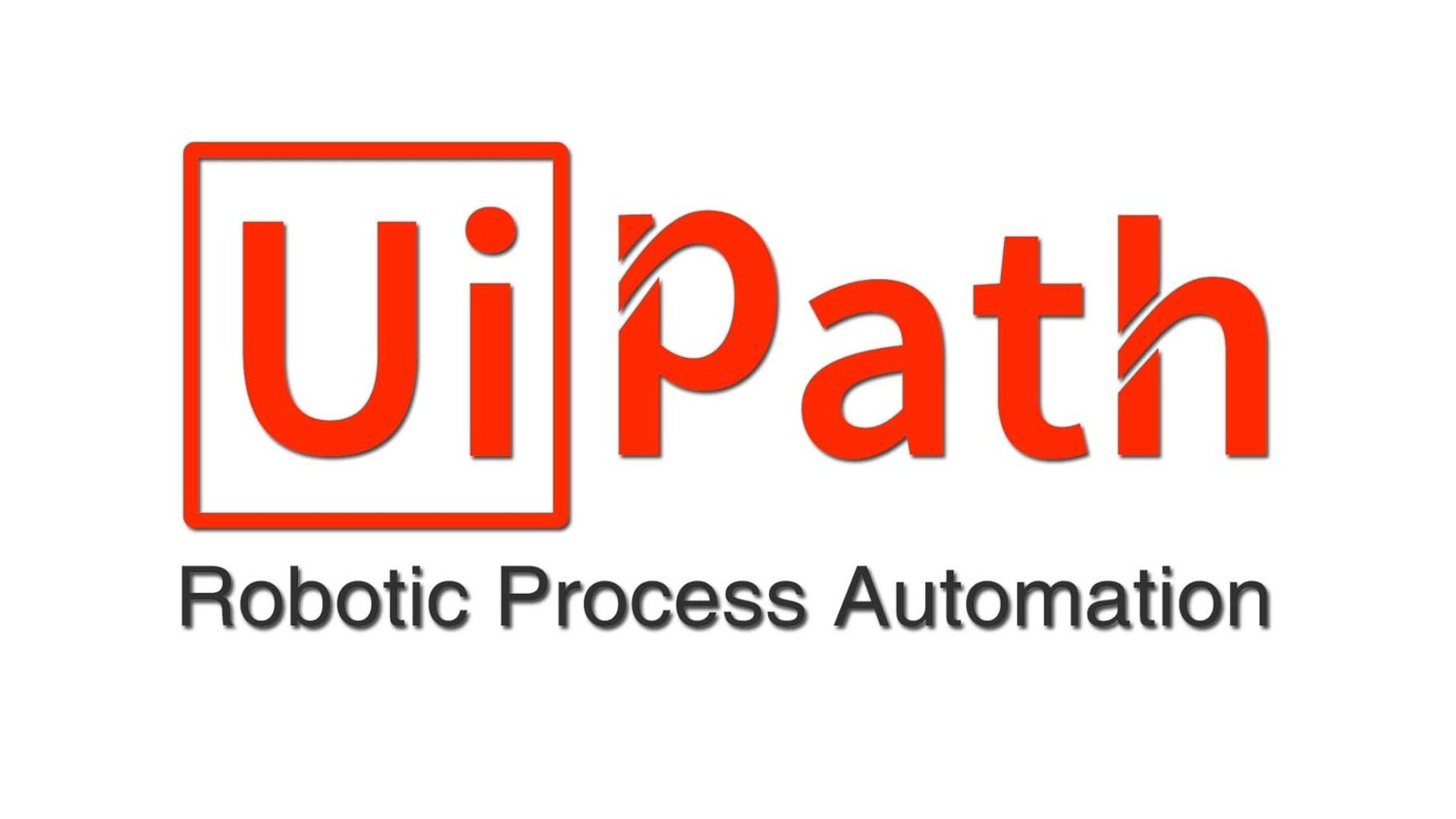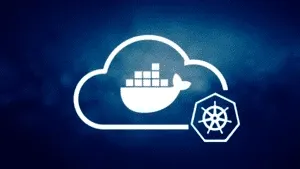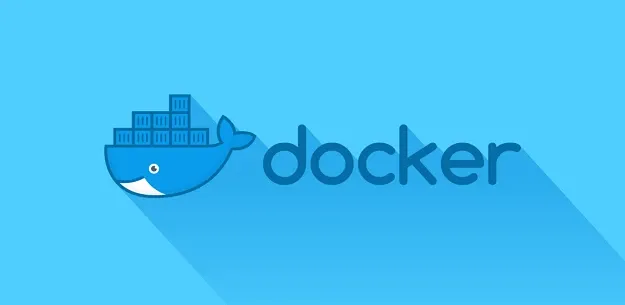This plan includes
- Limited free courses access
- Play & Pause Course Videos
- Video Recorded Lectures
- Learn on Mobile/PC/Tablet
- Quizzes and Real Projects
- Lifetime Course Certificate
- Email & Chat Support
What you'll learn?
- Become an expert in the UiPath Robotics Enterprise Framework with an end to end implementation of a use case
- Explore fun, interactive, and highly effective lessons from two best-selling UiPath instructors
- Be a confident and advanced UiPath developer
- Boost your chance for a well paid UiPath job
- Master unique tips and tricks, that you will not find in ANY other course
- Learn everything about best practice for optimal RPA development
Course Overview
Note: This course is for candidates having +6 months of working experience in developing RPA solutions.
Robotics Process Automation (RPA) is the talk of the town in the business world these days – and with a good reason. RPA is revolutionizing the way we work by removing the boring and repetitive work. This gives the employees time to be creative and do more interesting work.
At the front of this revolution is UiPath, which is widely acknowledged as the leading RPA software vendor. People with UiPath skills are in high demand.
In this course you will learn everything about the UiPath REFramework including ALL states, settings, and properties. The course is based on a case, which will be completely solved step-by-step. It will be possible (and recommended) to live code in UiPath alongside the instructor. The entire code is available for download.
By the end of the course you will be able to:
-
Implement all your business processes in the UiPath REFramework
-
Master all settings and properties in the UiPath REFramework
-
Set up Orchestrator
-
Make robots ready for enterprise
-
Work with all states in the UiPath REFramework in the optimal way
-
Fully understand the purpose of the transitions between the states
-
Handle credentials in a secure way
-
Do extensive logging
-
Handle errors with Try/Catch
-
Explain and use the Dispatcher/Performer Model
-
Scale your robots to multiple machines
-
Take advantage of the additional tips and tricks of the course
-
Get access to our LinkedIn Group for UiPath Professionals, where we will answer all questions regarding the course
Why should you take this course: This is the most extensive and advanced UiPath course on the market and it will dramatically improve your UiPath job chances in Europe.
Join our LinkedIn group: Search for UiPath RPA Developers on LinkedIn.
Pre-requisites
- A PC/Mac with an internet connection and Microsoft Windows installed
- Some experience with UiPath is recommended
Target Audience
- Intermediate to Advanced UiPath Developers
- Professional UiPath developers
- RPA developers wanting to get a UiPath job
- Students that are preparing for the UiPath Advanced RPA Developer Course
- Anyone who wants to be able to create enterprise ready software robots
Curriculum 58 Lectures 03:08:17
Section 1 : Introduction
- Lecture 2 :
- Course Materials
- Lecture 3 :
- Case Presentation
Section 2 : Setting up the Environment
- Lecture 1 :
- Connect to Orchestrator
- Lecture 2 :
- Credentials
- Lecture 3 :
- REFramework Overview
- Lecture 4 :
- The Config File
Section 3 : Dispatcher
- Lecture 1 :
- Introduction to the Dispatcher/Performer Model
- Lecture 2 :
- Setting up the Dispatcher
- Lecture 3 :
- Coding the Dispatcher
- Lecture 4 :
- Running the Dispatcher and Adding Data to the Queue
Section 4 : Initialization
- Lecture 1 :
- Introduction to the Performer
- Lecture 2 :
- Overview of the Initialization State
- Lecture 3 :
- Intro to the Initialization Deep Dive
- Lecture 4 :
- The Try/Catch in the Entry Block
- Lecture 5 :
- Initial Settings
- Lecture 6 :
- Collapse Activities for a Better Overview
- Lecture 7 :
- Load the Config File
- Lecture 8 :
- Load the Config File - Part 2
- Lecture 9 :
- Load Orchestrator Assets
- Lecture 10 :
- Get Application Credentials
- Lecture 11 :
- The Catch of the GetAppCredentials Workflow
- Lecture 12 :
- Set The Orchestrator Queue Name
- Lecture 13 :
- Close Down All Applications
- Lecture 14 :
- Add Log Fields
- Lecture 15 :
- Recap
- Lecture 16 :
- Open All Applications
- Lecture 17 :
- Transitions from Initialization
- Lecture 18 :
- Summary
Section 5 : Get Transaction Data
- Lecture 1 :
- Overview
- Lecture 2 :
- Transitions and the Check Stop Signal Activity
- Lecture 3 :
- Get Data from the Queue
- Lecture 4 :
- Summary
Section 6 : Process Transaction
- Lecture 1 :
- Introduction to the Process Transaction State
- Lecture 2 :
- Create a Calculation Workflow
- Lecture 3 :
- Overview and Transitions
- Lecture 4 :
- The Process Workflow - Intro
- Lecture 5 :
- The Process Workflow
- Lecture 6 :
- Improvement to the Process Workflow
- Lecture 7 :
- Exceptions
- Lecture 8 :
- Set Transaction Status
- Lecture 9 :
- Set Transaction Status 2 - Retry Current Transaction
- Lecture 10 :
- Set Transaction Status 3 - Close Applications
- Lecture 11 :
- RetryNumber and TransactionNumber
- Lecture 12 :
- Log the Result in the Excel Sheet
- Lecture 13 :
- Invoke Status Workflow
Section 7 : End Process
- Lecture 1 :
- Introduction to the End Process State
- Lecture 2 :
- Overview
- Lecture 3 :
- Close Applications
- Lecture 4 :
- Improve the Close Applications Workflow
- Lecture 5 :
- Create the Workflow to Upload the Excel Sheet
- Lecture 6 :
- Invoke the Upload Workflow
Section 8 : Running the Robot
- Lecture 1 :
- Run the Dispatcher
- Lecture 2 :
- Run the Performer in Debug Mode
- Lecture 3 :
- Run the Performer in Run Mode
- Lecture 4 :
- Look at the Results
Section 9 : Conclusion
- Lecture 1 :
- Summary and Key Takeaways
- Lecture 2 :
- Join our LinkedIn Group
Our learners work at
Frequently Asked Questions
How do i access the course after purchase?
It's simple. When you sign up, you'll immediately have unlimited viewing of thousands of expert courses, paths to guide your learning, tools to measure your skills and hands-on resources like exercise files. There’s no limit on what you can learn and you can cancel at any time.Are these video based online self-learning courses?
Yes. All of the courses comes with online video based lectures created by certified instructors. Instructors have crafted these courses with a blend of high quality interactive videos, lectures, quizzes & real world projects to give you an indepth knowledge about the topic.Can i play & pause the course as per my convenience?
Yes absolutely & thats one of the advantage of self-paced courses. You can anytime pause or resume the course & come back & forth from one lecture to another lecture, play the videos mulitple times & so on.How do i contact the instructor for any doubts or questions?
Most of these courses have general questions & answers already covered within the course lectures. However, if you need any further help from the instructor, you can use the inbuilt Chat with Instructor option to send a message to an instructor & they will reply you within 24 hours. You can ask as many questions as you want.Do i need a pc to access the course or can i do it on mobile & tablet as well?
Brilliant question? Isn't it? You can access the courses on any device like PC, Mobile, Tablet & even on a smart tv. For mobile & a tablet you can download the Learnfly android or an iOS app. If mobile app is not available in your country, you can access the course directly by visting our website, its fully mobile friendly.Do i get any certificate for the courses?
Yes. Once you complete any course on our platform along with provided assessments by the instructor, you will be eligble to get certificate of course completion.
For how long can i access my course on the platform?
You require an active subscription to access courses on our platform. If your subscription is active, you can access any course on our platform with no restrictions.Is there any free trial?
Currently, we do not offer any free trial.Can i cancel anytime?
Yes, you can cancel your subscription at any time. Your subscription will auto-renew until you cancel, but why would you want to?
Instructor

76499 Course Views
1 Courses



 Tech & IT
Tech & IT
 Business
Business
 Coding & Developer
Coding & Developer
 Finance & Accounting
Finance & Accounting
 Academics
Academics
 Office Applications
Office Applications
 Art & Design
Art & Design
 Marketing
Marketing
 Health & Wellness
Health & Wellness
 Sounds & Music
Sounds & Music
 Lifestyle
Lifestyle
 Photography
Photography















